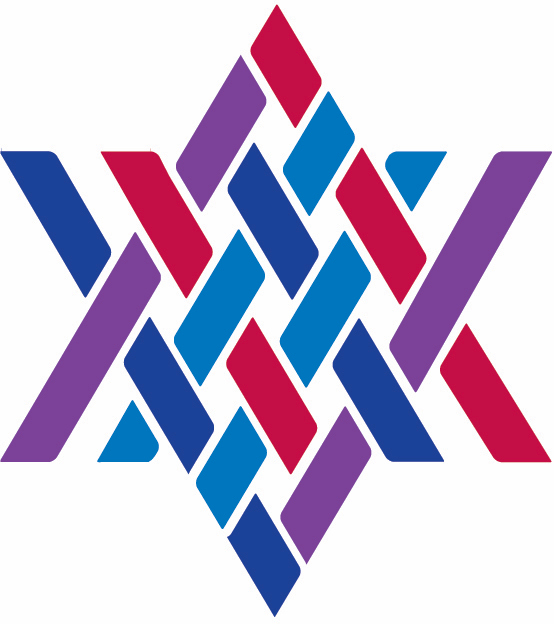Parashat Mishpatim
By Rabbi/Cantor Anne Heath
In Parashat Mishpatim we reach the pivot point of the Book of Exodus. Until now we have been engaged with the exciting history of our ancestors’ release from slavery in Egypt and the subsequent revelation at Mount Sinai. In the following weeks, our Exodus studies guide us through the vision and building of the Mishkan (portable Tabernacle) in the wilderness; the narrative about which is interrupted for a few chapters to recount the episode of the golden calf.
In Parashat Mishpatim Moses receives laws on worship, slavery (or serfdom, or servitude), property, moral behavior, Sabbaths and festivals. These laws immediately follow the Ten Commandments (in Parashat
Yitro from last Shabbat); enhancing and extending them into the mini-law code often called the Book of the Covenant. Parashat Mishpatim concludes with our ancestors’ affirmation of the Covenant.
Moses first brings God’s laws to our ancestors, speaking all that he, Moses, alone has heard. Read More >

